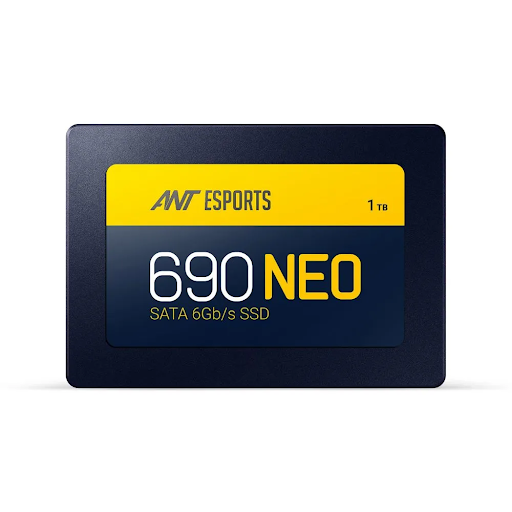I work in IT (desktop support) at a school. We give each teacher their own PC laptop, replaced on a four-year rotation. The nature of this four-year rotation is that we buy around 60-- 80 laptops each summer. Each laptop has Windows, Office, SMART Notebook with all content galleries, the full Adobe CS6 suite, and several other smaller programs. All told, the software we load on probably takes up around 50-- 60 GB out of the box.
Through 2014, all laptops we gave out had spinning drives. The last three years of laptops we bought with spinning drives had 320 GB hard drives. We never once had anyone run out of space.
In 2015, we decided to move to SSDs. We normally buy from Dell, and that year, they sold the laptop model we were looking at with a 500 GB spinning drive, a 128 GB SSD, or a 256 GB SSD. The cost to upgrade from 128 GB to 256 GB was 8,207₹ per unit. We were buying 75 units. That's nearly 6,19,460₹ extra. We decided that we could spend 77,432₹ of that 6,19,460₹ savings buying 256 GB SSDs at $100 a pop for the few people who needed more space and went with the 128 GB SSD.
Also Read: How Much Money do you need to build a good gaming pc?
It actually worked really well. As predicted, we had about ten faculty members who had enough media (mostly pictures, but a couple with music) that we needed to upgrade to 256 GB SSDs. The rest of the faculty members by and large had 10 GB or less of data-- and some of these teachers were using their work laptops as their primary computers and/or had 20+ years of teaching materials on them.
We did the same thing again the next year. Once again, we had about 10 teachers who we needed to upgrade to 256 GB SSDs, and the rest were fine with 128 GB ones. Finally, in 2017, we were able to get a configuration with 256 GB SSDs that was reasonably priced.
More recently, we've had problems with people running out of room on their 128 GB SSDs because Windows Updates on Windows 7 are starting to take up about 30-- 40 GB of space. The fix has been to upgrade them to our Windows 10 image, which handles updates much better and has a slightly streamlined app suite. Generally, once we re-image, they have about half their 128 GB SSD free.
None of these people store significant amounts of data on cloud services. Many of them use Google Drive, but by and large only for Google Docs/Sheets/Slides. And almost none of them use external hard drives. My experience has been that by and large, people just don't use that much space.
I also do freelance tech support for home users, and a few of them have needed more than 128 GB, but I can't remember anyone who's needed more than 256 GB. I usually recommend 256 GB SSDs to them anyway, so they have room to grow past 128 GB.
Also Read: The Complete Guide for Buying a Gaming Cabinet in 2022: Read it before buying!
commenter after commenter doesn't seem to realize something. I'm not necessarily talking about you in this answer. I'm not saying literally nobody needs more than 256 GB of storage (I personally have a NAS at home with almost 1 TB of data on it, so clearly I'm one of the people who needs more). I'm also not saying you're not in the small group of power users who needs more storage. I'm saying that the vast majority of computer users are fine with 128 GB, and that, of the small minority who need more, most of THOSE people are fine with 256 GB.
If you want 1TB SSD than Ant Esports 690 Neo Sata 2.5″ 1TB SSD is the best one for you!
Are you in the group that needs more? Okay. I'm not saying you aren't. What I am saying is that most people don't game, use CAD, edit video, or have terabytes of uncompressed RAW images off their DSLR.
For some reason, about 75% of the commenters seem to think I'm invalidating their use case. I'm not. I believe that you're a power user. My point is that most computer users aren't.
Source link: Ant-esports-690-neo-sata


